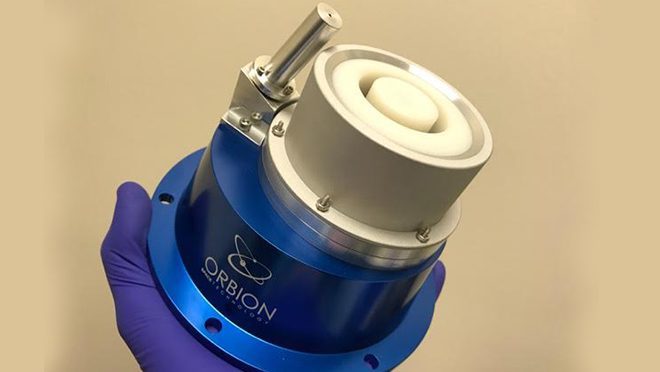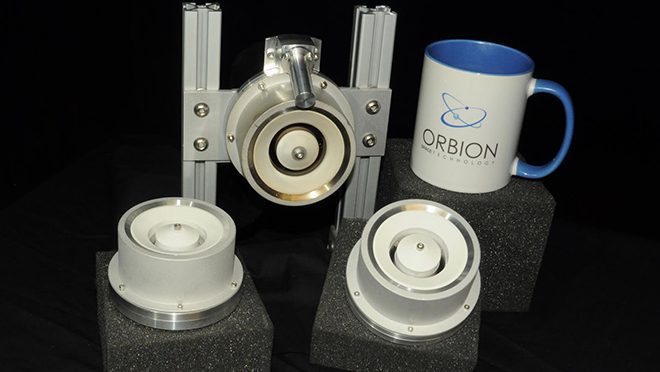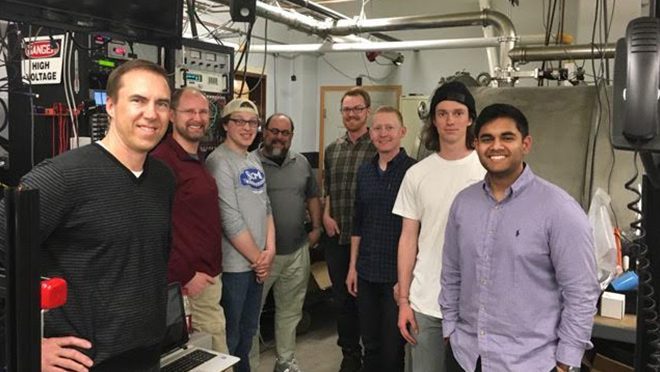At a time, space technology, and satellites, used to be concentrated among the developed nations and some rich corporations. But in recent times, space has become more democratized due to the exploration in this area by new-age companies like Orbion Space Technology, Virgin Galactic, SpaceX, and some other players. Now space technology is no longer in the hand of NASA, ISRO, Roscosmos, JAXA, and more, which are controlled by the governments. Advanced satellite communication can now be used in a broader sense not only by governments but the companies, educational institutes, and more.

A new report by the National Academy of Sciences suggests that the new age satellites have a strong potential to take it for the common masses like never before.
“Within a few years, we will witness a number of competitive rocket companies vying to attract customers who want to launch their data collecting platforms into orbit,” says Lyon Brad King, CEO and Co-founder of Orbion Space Technology and the Ron and Elaine Starr Professor in Space Systems. “This type of true market competition has never happened in space tech until now, said Lion. In an exclusive interview with TechGenyz, he explains the latest developments in space technologies, a satellite launch, collecting space-based data, and how it will help to bring “the democratization of space,” helping more people, organization,s and education systems.
How has space technology, in general, evolved in the last decade? What are some major breakthroughs you’ve observed?
The most profound change has been termed “the democratization of space,” meaning more people, companies, and universities can now place satellites in orbit and use them for new and unanticipated applications. Also, space is not seen as an end to itself, as in “our goal is to launch a satellite that does x, y, and z.” Instead, space is seen as just another means to collect information and data. In fact, the end product isn’t even the data itself — it’s the actionable intelligence that is enabled by the fusion of space-based data with other forms. Space is just one piece to the big data picture.


Affordable access to orbit that is enabled by new launch companies is a major space tech breakthrough happening right now. Everyone has heard of SpaceX, but the reality is that dozens of other companies are working on the same thing. Within a few years, we will witness a number of competitive rocket companies vying to attract customers who want to launch their data-collecting platforms into orbit. This type of true market competition has never happened in space tech until now.
What’s Orbion’s business goal and growth strategy?
Many of today’s small satellite components are readily available due to their terrestrial nature and mainstream consumer adoption, including GPS receivers, cameras, and imaging devices, batteries, and computers.
Our goal is to provide space-specific components — including plasma thrusters — with the same low-cost and highly reliable manufacturing models as the aforementioned components, enabling reliable, affordable, and easier entry into space for new space entrepreneurs.
What’s unique about Orbion, and what big problem are you trying to solve?
We’re focusing as much of our efforts on manufacturing technology as we are on rocket science. It isn’t enough to be able to build a high-performance thruster and demonstrate it in a laboratory; we must be able to put this technology into the hands of ambitious new space entrepreneurs. Just within the next decade, some experts estimate that over 3,600 small satellites will be launched — many of which will require affordable and reliable space-specific components.
How do small satellite propulsion — or electric propulsion in general — help space companies and humanity? What are the key benefits?
Small satellites today are often launched together on a single launch vehicle — India recently set a record of launching 104 small satellites on a single rocket — however, the bus only has one stop. They need a propulsion system to reach their individual destinations (orbits).
Small satellite propulsion has been largely ignored due to new space companies rushing out minimum viable products in a race to beat the market or simply can’t afford to include propulsion. In but long term, these companies will not realize their full value without propulsion.


Currently, monopropellant is the propulsion system of choice for satellites, but it’s expensive, heavy, and inefficient. Only the larger satellites and their wealthy operators are able to afford such propulsion systems, and they don’t really make much sense for small satellites where mass is mission-critical. Electric propulsion systems — plasma thrusters — are much smaller and lighter than their monopropellant counterparts and use less fuel. Their small size means operators have more room to fit bigger and better components that are used to generate revenue, such as a camera or antenna.
Space operators benefit from these propulsion systems because they’re able to control their satellites in orbit and/or deploy them at a lower altitude for longer. This makes propulsion a necessity for satellite constellations, like OneWeb or Starlink, where thousands of satellites need to be put into space at various places around the Earth.
And let’s not forget about the greater picture, exploration, and colonization. Human beings are notorious migrants; we’re never satisfied staying in one place. While plasma propulsion may not be the definitive answer to getting us into deep space or onto Mars, it is a vital transportation tool that will take us further than we are now and into the next era. A catalyst for change.




